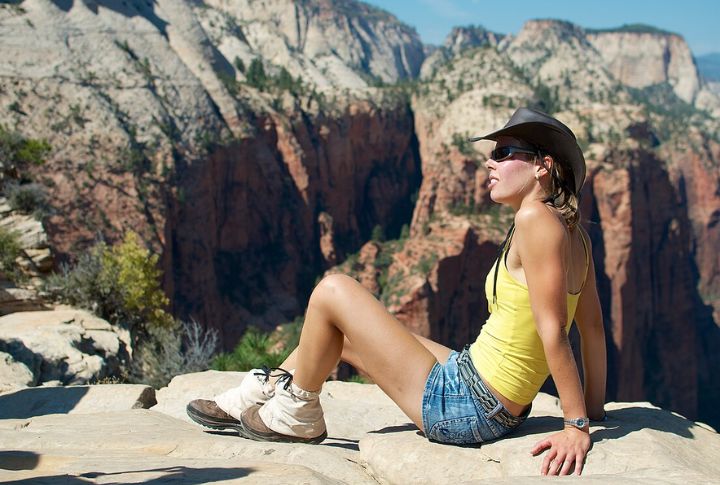
Breathtaking views often come at a brutal cost. In some national parks, hiking trails go hand-in-hand with risk, and one misstep can end it all. But serious hikers keep coming anyway. If you’re up for the challenge, keep this list in your back pocket—the next trail you conquer might just be one of these ten.
Angel’s Landing, Zion National Park
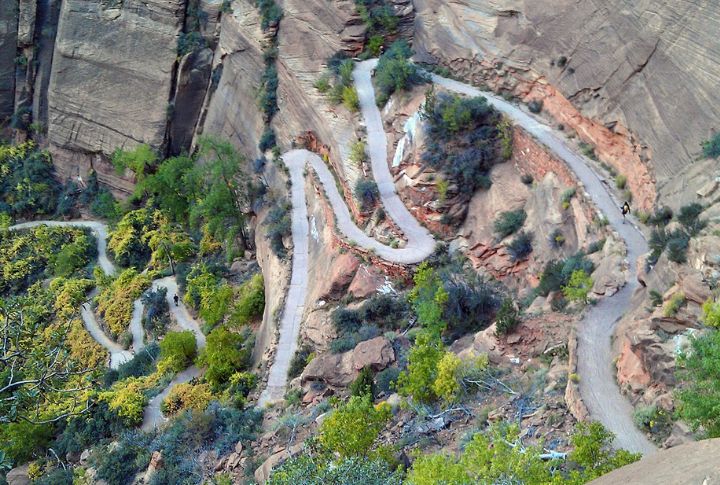
Angel’s Landing draws over 300,000 thrill-seekers each year, but it’s not without cost. More than 15 hikers have fallen to their deaths. With 1,500-foot drop-offs and only chains bolted into rock for support, it’s no wonder this trail once shut down for nesting falcons.
Half Dome, Yosemite National Park
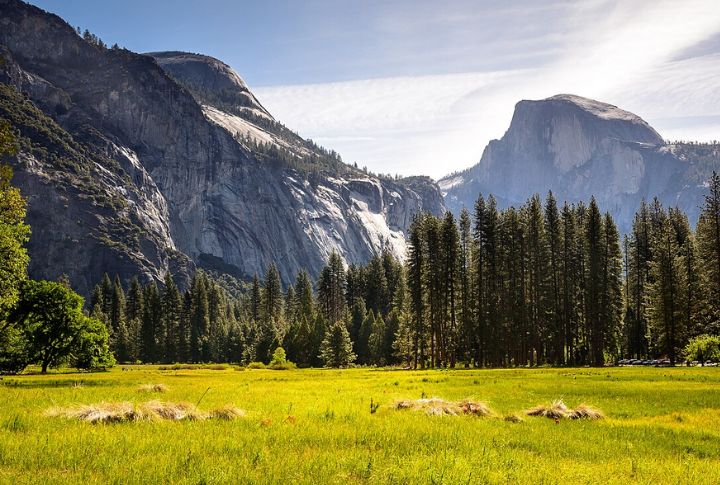
Half Dome isn’t just scenic—it’s deadly. It towers nearly 5,000 feet above Yosemite Valley, and climbers must grip steel cables along slick granite, where fatal falls and lightning strikes have occurred. You’ll need luck just to get a permit, thanks to a competitive lottery system.
Sky Pond Via Glacier Gorge, Rocky Mountain National Park
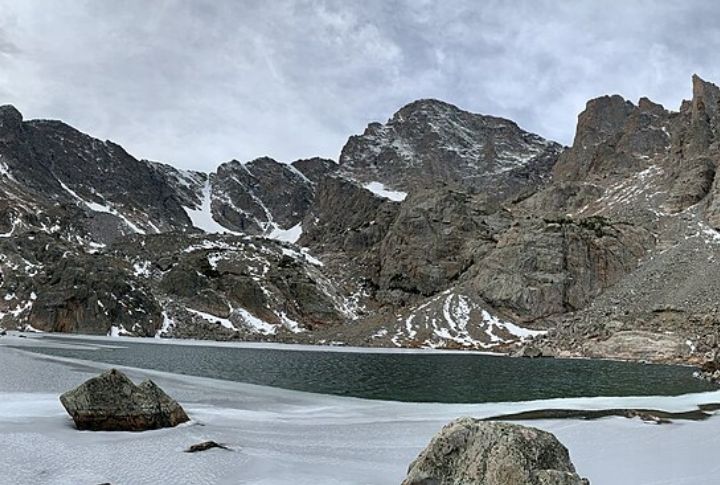
This trail earns its reputation with icy rock scrambles and brutal exposure. Sudden cold snaps can trigger hypothermia, especially above timberline. Along the way, natural wonders like waterfalls offer stunning views, that is, if marmots don’t chew your gear when it’s left unattended.
The Maze, Canyonlands National Park
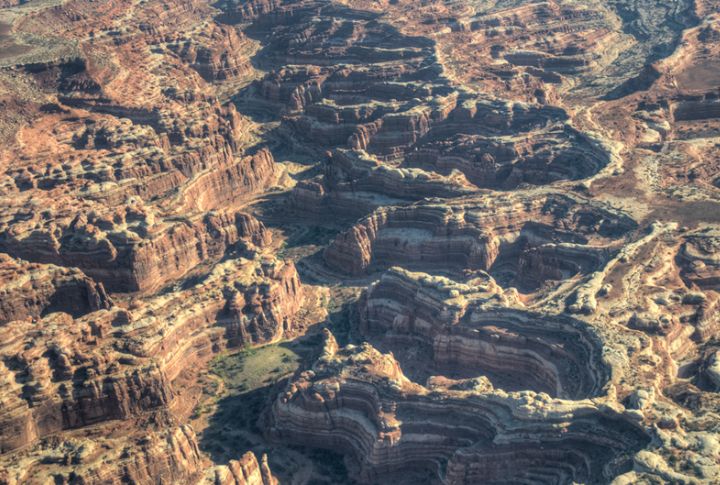
If you wander into The Maze, don’t count on getting out easily. This remote, unmarked trail confuses even seasoned hikers. There’s no water, no signage, and rescue teams may take up to three days. Long ago, it even served as a hiding spot for outlaws.
Granite Canyon Trail, Grand Teton National Park
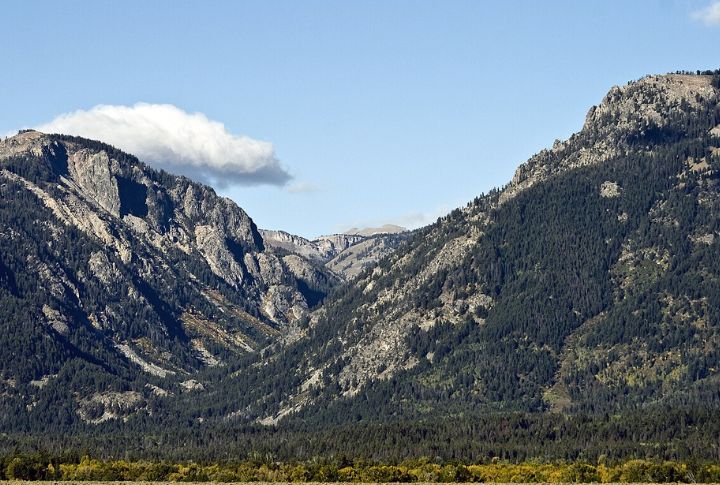
Fewer hikers choose this canyon path, and for good reason. It’s steep and prone to isolation. River crossings turn risky during the melt season, and avalanche debris lingers deep into summer. With high bear activity, solitude here comes with serious consequences.
Wonderland Trail, Mount Rainier National Park
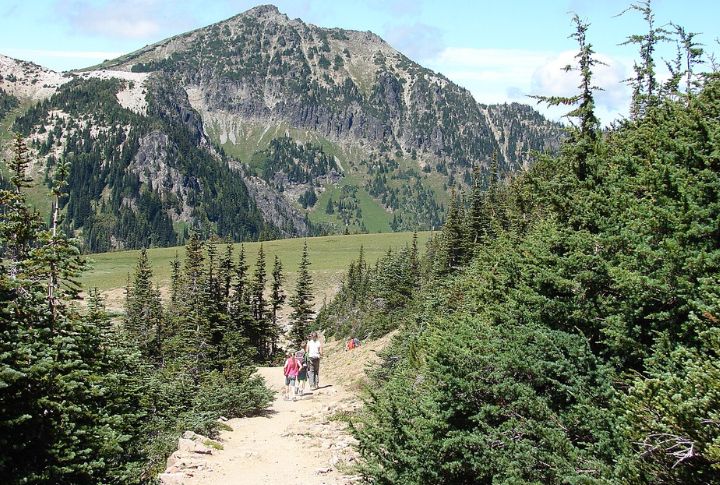
Circling an active volcano, the Wonderland Trail stretches 93 miles and climbs more than 22,000 feet. Summer doesn’t guarantee safety—avalanches and hypothermia still threaten hikers. You’ll need food caches and might also encounter bears frequently. So, this trail demands heavy preparation and survival skills.
Bright Angel Trail, Grand Canyon National Park
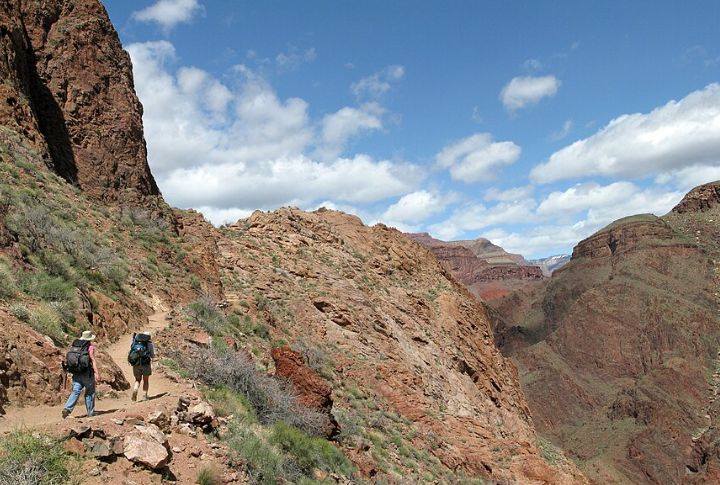
The descent feels easy until it’s time to climb back. Heat near the Colorado River can hit 120°F, and there’s little shade or water along the way. Rescue calls are frequent, and you’ll have to watch out for mule trains on narrow, dusty paths.
Mist Trail, Yosemite National Park
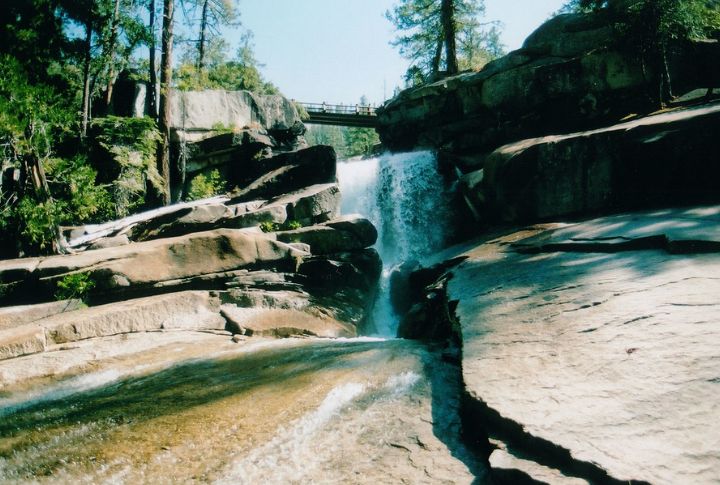
Living up to its name, the Mist Trail constantly sprays from Vernal and Nevada Falls, soaking the stone steps and making them dangerously slick. More than 600 steep stairs wind beside the waterfalls, where poor visibility has led to fatal falls and slips.
Paintbrush-Cascade Loop, Grand Teton National Park

This loop tests stamina and nerve alike. You’ll climb above 10,000 feet, risking altitude sickness and facing snowfields that never melt. Between wildflower meadows and shimmering alpine lakes, the trail weaves past marmots, moose, and goats before diving into brutal switchbacks.
Mount Ida Trail, Rocky Mountain National Park

Above the treeline, Mount Ida throws everything it’s got at you. Loose rock and frequent lightning make it treacherous. Winds over 60 mph roar across its exposed ridge, while goats and elk appear suddenly, distracting even the most focused hikers.

